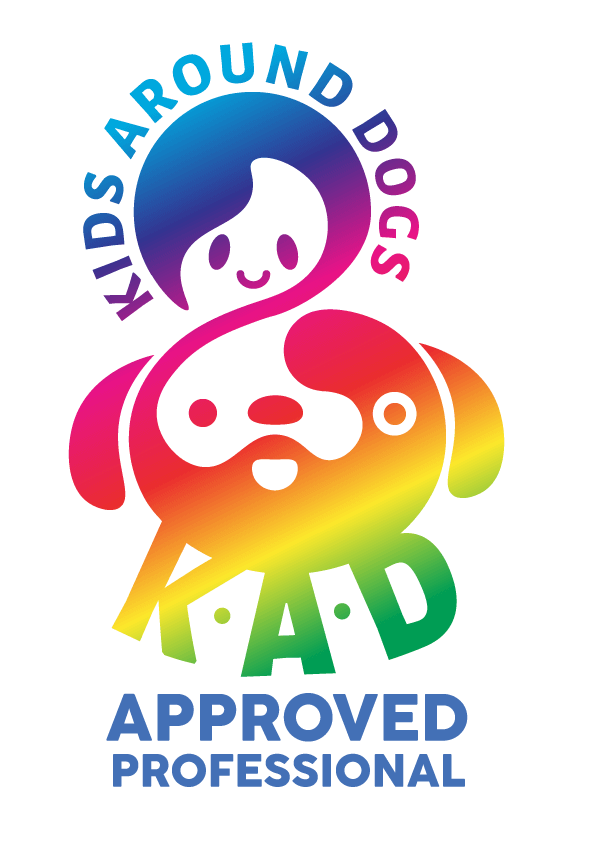Art, literature and entertainment has greatly influenced our thinking leading to the anthropomorphism of dogs; I call this ‘The Lassie Effect’. Lassie was a collie with the heart of a lion and the navigational skills of a pigeon. Lassie made the public believe he could think, plan, sympathise, know right from wrong, remember complicated facts and seek revenge. But when Lassie appeared to be studying a situation, he was actually watching his trainer wave a rag.
But Lassie hasn’t only influenced how we believe dogs think – findings over the years from Bristol University, City University of New York and Western Carolina University show it has also had an impact on the popularity of certain breeds too.
When Lassie was released in 1943, the number of Collie registrations increased 40-fold over the following two years. This trend was repeated just 16 years later with the Disney movie The Shaggy Dog, a film about a boy who periodically turned into an Old English sheepdog. The results were even more dramatic than Lassie, seeing a 100-fold increase in Old English sheepdog registrations after the film came out.
In 2014, Ghirlanda, Acerbi and Herzog’s study found Hollywood’s influence on the popularity of dog breeds was at its strongest in the early 20th century and then started to decline. The team used information from the American Kennel Club which maintains the world’s largest registry with more than 65 million dogs on its database, and investigated 87 films featuring dogs. The researchers found the release of these movies often corresponded with an increase in popularity of featured breeds over periods of one, two, five and ten years.
The ten films with the strongest ten-year effect were associated with changes in registration trends to the extent that over 800,000 more dogs were registered in the decade after the movies’ release than would have been expected from pre-release trends. The earlier films were associated with the larger trend changes than later ones. Researchers suggested that this could be due to the rising competition over decades from other forms of media outside of the cinema, from television to more recently with the internet.
Interestingly, the study also revealed “erratic fluctuations” – where fashion and fads come into play – phenomena typically seen with baby names, but in this case where the greater the number of breed registrations were being made, the quicker the breed declined in popularity. Perhaps this was a case of “everyone now has a [insert breed here] so I want to be different!”
The researchers also found that the popularity of breeds was unrelated to breed temperament and health. Hal Herzog from Western Carolina University said:
“On the whole, breeds with more desirable behaviours, greater longevity and fewer inherited genetic disorders did not become more popular than other breeds…In short; cultural shifts in types of pets largely reflect ephemeral changes in fashion rather than selection for functional traits.”

In May 2021 Disney’s Cruella was released and this prompted The Kennel Club to issue a warning for owners to buy responsibly when searching for a new puppy. They anticipated a surge in demand for Dalmatians and subsequent rehoming, as they are a large breed, can be very strong and require a high-level of physical and mental exercise.
Back in 1996 when the film 101 Dalmatians was released, there was an increase in the purchase of Dalmatian puppies, and animal organisations were worried that the same pattern of behaviour would occur, further fuelled by the pandemic which has seen demand for puppies sky-rocket.
Similarly, in 2017 Game of Thrones star Peter Dinklage called for fans wanting to get a dog that looked like a dire wolf to “Stop buying huskies”. Dinklage issued a statement with People for the Ethical Treatment of Animals (PETA), discouraging fans from buying huskies simply because they look like dire wolves. He went onto say:
“Not only does this hurt all the deserving homeless dogs waiting for a chance at a good home in shelters, but shelters are also reporting that many of these huskies are being abandoned — as often happens when dogs are bought on impulse, without understanding their needs.”
However, it isn’t all doom and gloom when certain dog breeds become popular thanks to popular culture.

For example, The Kennel Club attributed the resurgence of the corgi breed as a result of the Netflix series The Crown. The spokesperson for the Club noted that following the transmission of the second series, searches for corgi puppies went up by 22 percent on their website.
Previous to The Crown, breed registrations were rapidly declining – it is suggested by The Telegraph that the breed’s association with the Queen was partly what caused its dip in popularity in the first place, being regarded as a breed “for the elderly and the genteel upper middle class.” However, The Crown series showed the Queen in a new and more stylish light which increased their appeal once more.
Has film, television or even celebrity ever influenced your choice of pet or dog / cat breed? Share your thoughts on this subject by contacting us.
ReferenceGhirlanda S, Acerbi A, Herzog H (2014) Dog Movie Stars and Dog Breed Popularity: A Case Study in Media Influence on Choice. PLoS ONE 9(9): e106565. doi:10.1371/journal.pone.0106565
Learn more about our classes

Get Hanne's Book
Playing With Your Dog will help any dog owner work out the games that are best suited for their pet to play throughout his life, from puppyhood to old age. The book also shares some tricks for all ages, group activities, and recommended toys that dogs will enjoy.

























